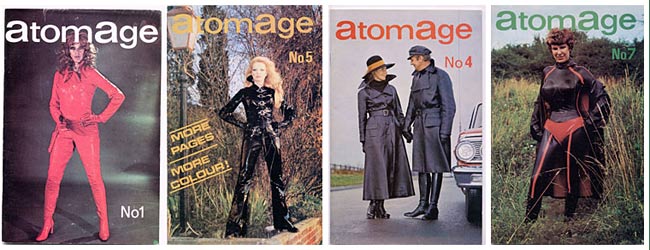 Prologue: A Lost History
Prologue: A Lost History
John Sutcliffe should be honoured as the founding father of the modern fetish scene, a scene that has subsequently spawned a huge world-wide fetish industry. His love and enthusiasm of dressing for pleasure, with the help of his magazine – Atomage, identified and drew together a huge mass of fetish clothes lovers, bondage enthusiasts, Doms and Subs alike. It brought them out of the wilderness in a world with no Internet and gave them a community, a place to share their different desires and secret lives, to meet, party and dress up. However, like everything else related to sex, John Sutcliffe has been overlooked, tucked under the bed with the dirty mags and mac, – because we’re English and we don’t talk about sex. Actually he should be remembered as a pivotal designer from the 60s and 70s. An equal of fashion revolutionary Vivian Westwood, designer to the Sex Pistols, and a whole generation of disaffected youth. He deserves his place as the Godfather of the leather catsuit and the pioneering designer of fetishist clothes and elaborate bondage attire.
The Beginnings – The Shop



Atomage, the vision of clothes designer John Sutcliffe, began as a small outlet just off Drury Lane in Covent Garden sometime around 1957. Specialising in customised leather and vinyl clothes. Sutcliffe designed for the big screen, television and private customers from all over the world – including Hammer Films and famously the television show The Avengers with Honour Blackman and Diana Rigg watched weekly by millions both here and in the United States.
The Avengers & the 60s



The Avengers original TV series began in 1961 as an ITV production and later aired on ABC in the U.S. until 1969. The show combined the elegance and smoothness created by the James Bond movies, the psychedelic trends of the sixties, espionage, science fiction, and a large helping of sex appeal (thanks mostly to Diana Rigg) to create one of the most original and beloved shows in the history of television. For everything you ever wanted to know about The Avengers see www.theavengers.tv. Due to the provocative costume worn by Diana Rigg as Emma Peel (man-appeal) as well as some risqué subject matter, an episode titled ‘A Touch of Brimstone’ was actually banned from the American airwaves during the series.
In the ’60s renowned pop artist Allen Jones created the infamous sculptures Hatstand, Table & Chair of life sized female figures dressed in rubber and leather that doubled as useful household furniture, the figures were actually dressed by Atomage. (Allen Jones went on to design the costumes for the now early S/M classic film by Barbet Schroeder – Maitresse 1969.)
Atomage The Magazine
By the 1970s the huge underground interest in fetishistic clothes and dressing for pleasure led John to publish an Atomage magazine (at the end of 1972,) it was originally subtitled The Magazine of Modern Leather Couture (later the Magazine of Leather, Vinyl & Rubber). It specialized in photographs of leather, rubber and vinyl fetish clothes created in the Atomage workshop. These were characterised by elaborated designs, mainly those that encased the body like catsuits, raincoats, hoods and cloaks. Along with the clothes the Magazine featured articles on the pleasures of dressing and the appeal of the individual materials. Importantly it contained reader’s letters and private photographs which became a key feature of the magazine and its success. It also acted as an informal catalogue for Atomage clothes available for sale, along with news from the Atomage workshop.The magazine also came with the optional extra of a Bondage Supplement a smaller magazine that dealt with the then even more secretive world of bondage and domination. Here we have some of the first glimpses into the hidden world of Madams and dungeons, of extreme bondage devices and sensory deprivation.
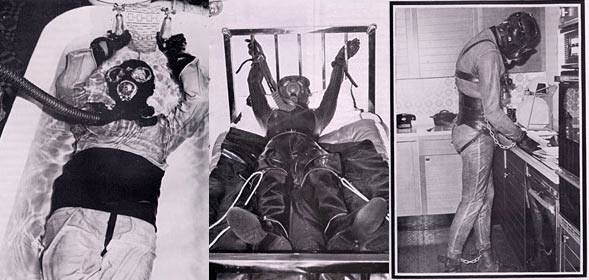
Women are predominantly featured throughout the magazines usually out and about in fields or car parks proudly flaunting their fantastic Atomage costumes but these are not models, these are all real women with the emphasis being on their genuine interest in dressing up for pleasure. For more overt images of dominant women – whips in hand you have to look into the supplements, the Atomage magazine was only an arena for the clothes. The magazine was predominantly a magazine about real life couples who just loved dressing for pleasure.



In 1980 John decided to restructure the magazines, the A5 Atomage Magazine became Atomage International and the bondage supplement became Atomage Bondage, he also launched Atomage Rubberist which catered for the rubber fetish scene. Sadly both John and his publishers were raided by the police in 1983 and all the material they found was seized. The magazine did go on until John passed away in 1987.

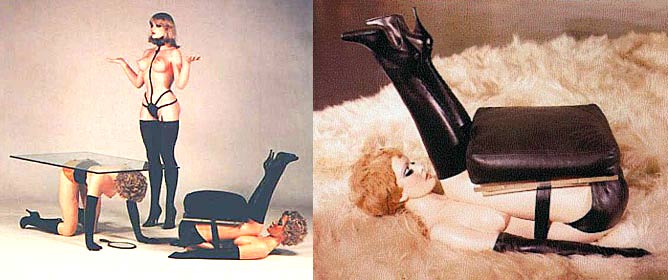




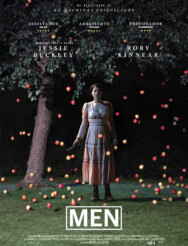






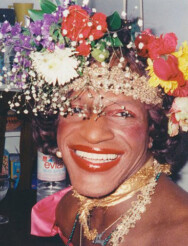






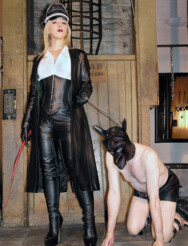











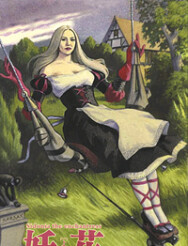


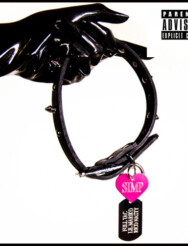













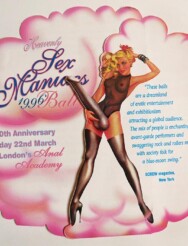
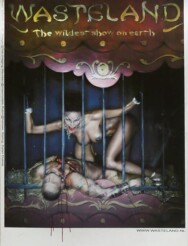




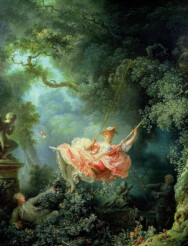

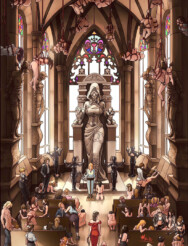









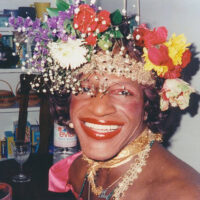































Thank you for documenting such an important chapter in fetish history. I remember my first Skin Two in 1985 and being amazed at the range of fetish wear that was nowhere to be seen outside of a handful of quality magazines. Nice to learn about one the of the earlier efforts in the field. And those leather catsuits! Diana Rigg’s Emma Peel would be a revelation today. Thanks again.